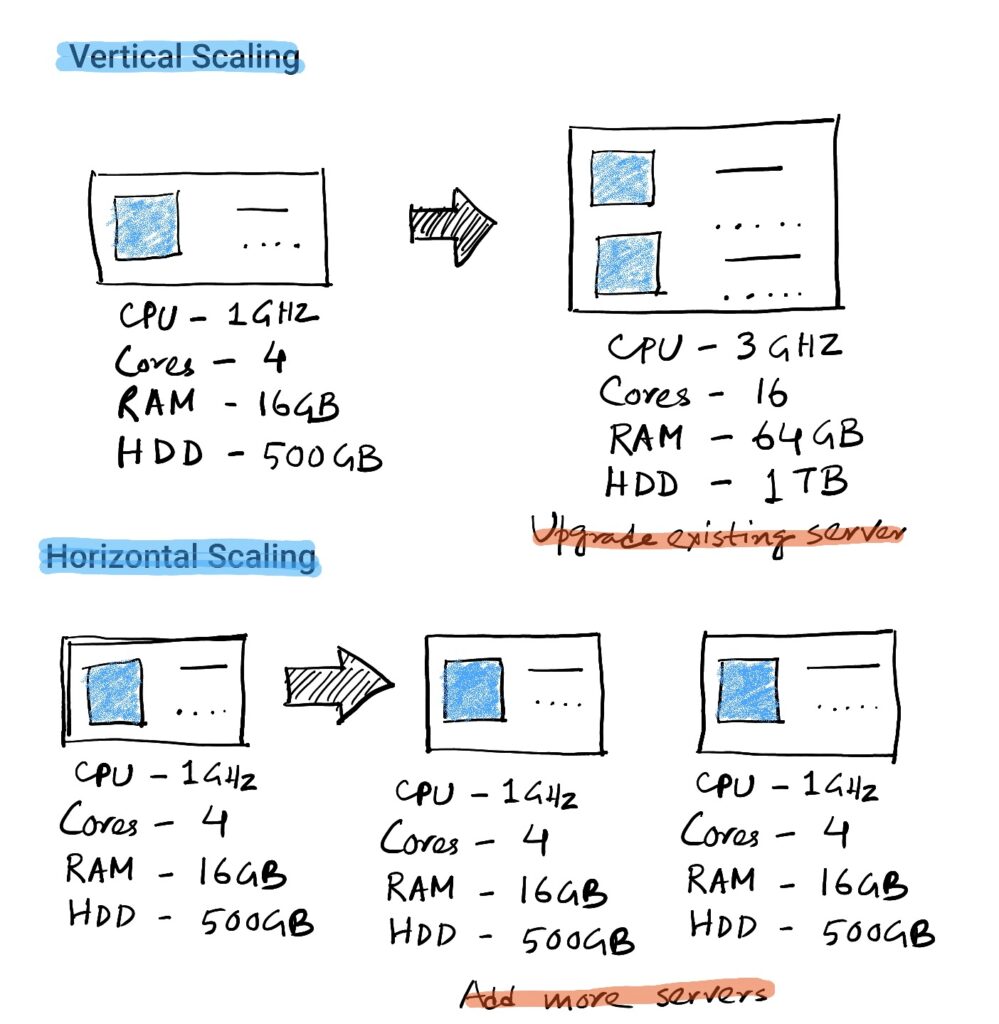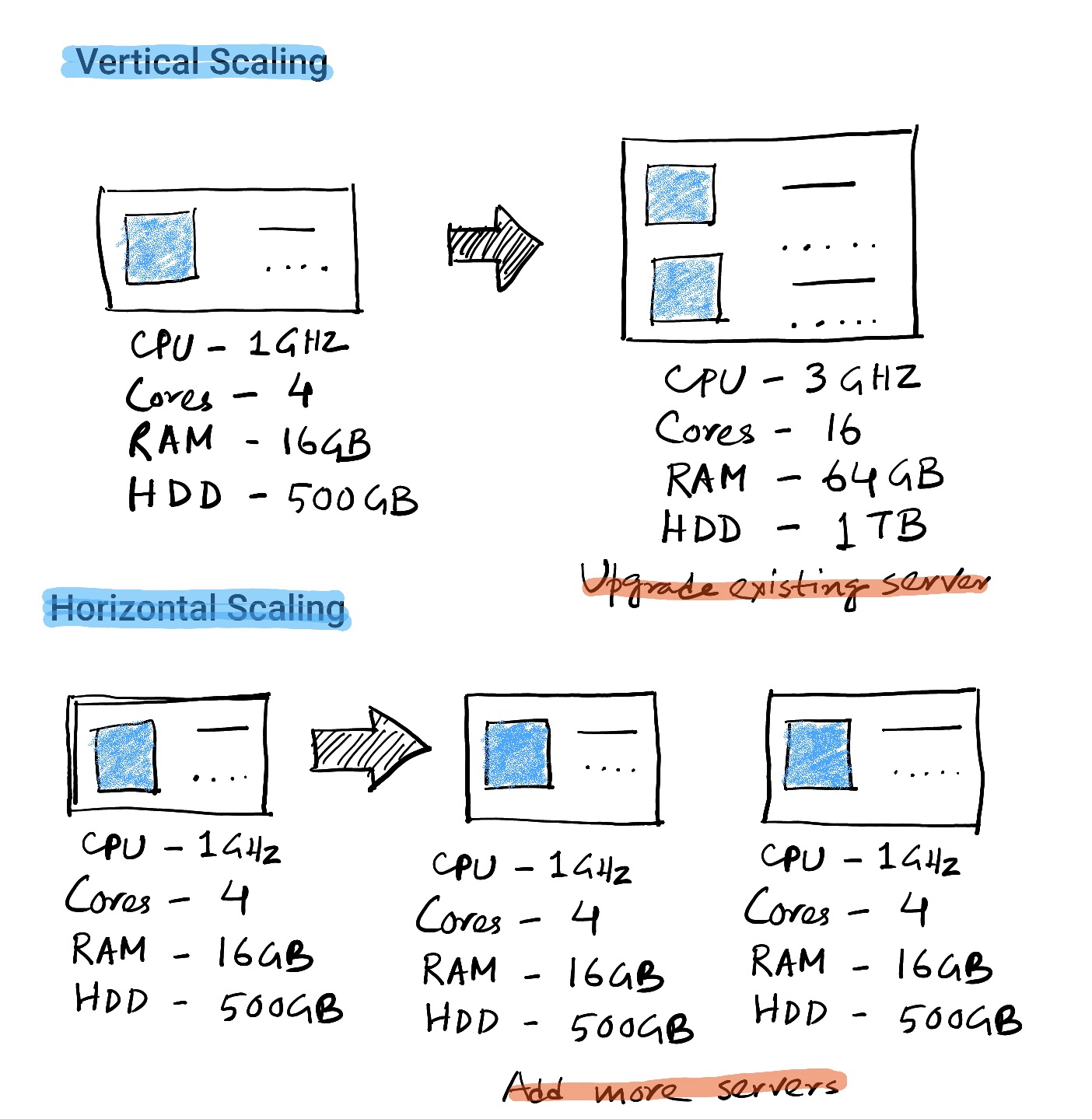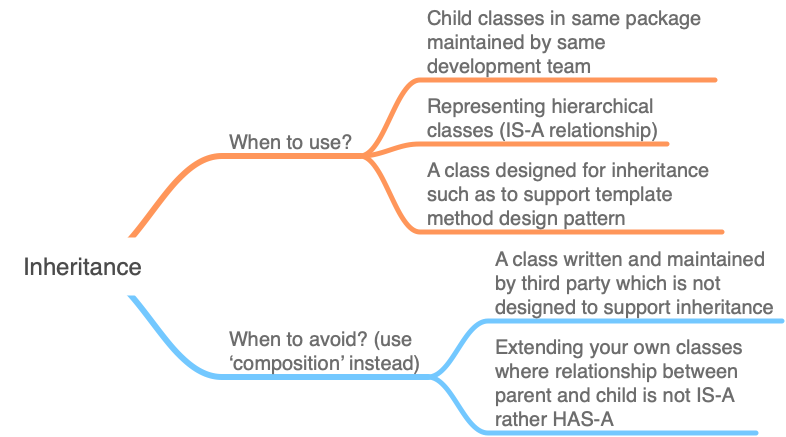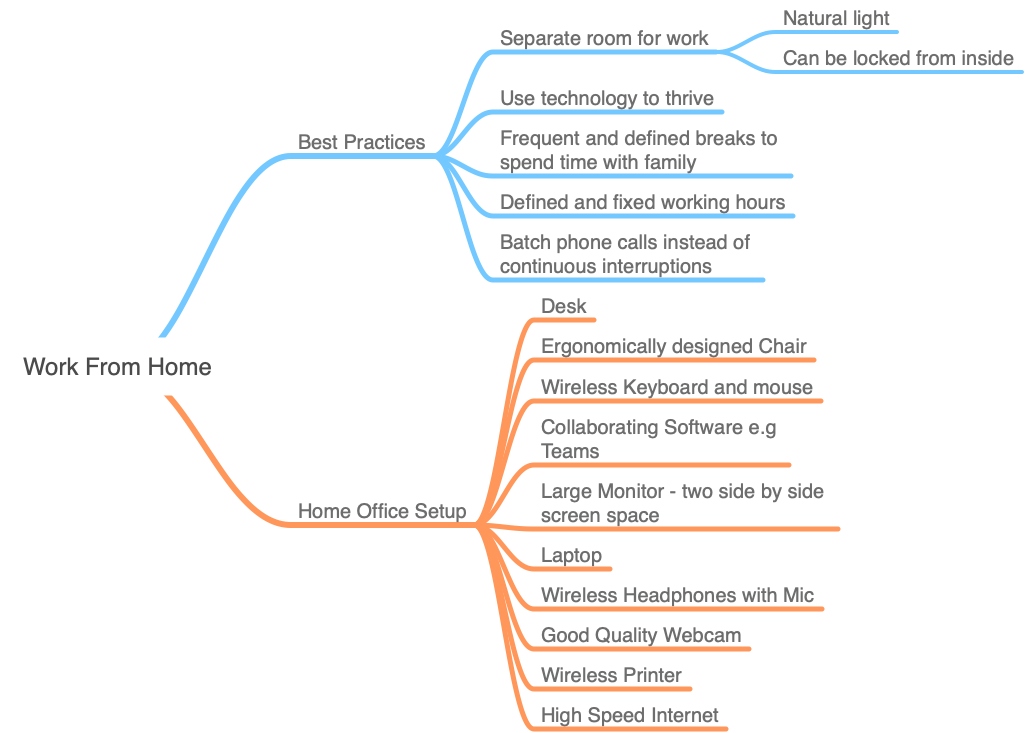Scalability is one of the most important considerations when designing and building software systems. It refers to the ability of a system to handle increasing amounts of users or traffic without sacrificing performance or stability. As more users access a system, it must be able to scale up to serve the requests without change in the software. However, simply increasing the capacity of a system is not always the best approach. There are two main approaches to scalability: horizontal and vertical. In this blog post, we’ll explore the differences between these two approaches and when to use which one.
What is Horizontal Scalability?
Horizontal scalability refers to the ability to increase capacity by adding additional servers or nodes to handle increased traffic. This approach is also referred to as “scaling out” because it involves adding more nodes to a cluster. Each additional node is connected to the others, allowing for greater processing power and increased ability to handle requests. Horizontal scaling is typically used for systems that are designed to handle a large number of parallel requests which are not dependent on each other, such as web servers or distributed databases.
Horizontal scaling is achieved by adding more servers to a system, which allows it to handle more traffic. This is done by distributing the load across multiple servers using load balancers, which can handle requests in parallel. Horizontal scaling can be achieved by adding more servers to a cluster or by distributing the workload across multiple data centres.
What is Vertical Scalability?
Vertical scalability, on the other hand, refers to the ability to increase capacity by adding more resources to a single server or node. This approach is often called “scaling up” because it involves adding more resources to a single machine. This can include adding more RAM, CPU cores, or storage capacity. Vertical scaling is typically used for systems that require high performance and low latency, such as in-memory databases or systems requiring high-performance computing.
Vertical scaling is achieved by adding more resources to a single server, which allows it to handle more computations or traffic. This is done by upgrading the hardware of the server, such as adding more RAM or increasing the number of CPU cores. Vertical scaling can also be achieved by replacing it with a more powerful server.

Advantages of Horizontal Scalability
One of the primary advantages of horizontal scalability is its ability to handle large numbers of parallel requests. By distributing requests across multiple nodes, it’s possible to handle a much larger volume of traffic than would be possible with a single machine. Additionally, horizontal scaling provides better fault tolerance and reliability, as a failure in one node can be isolated without affecting the rest of the system.
Horizontal scalability is also more cost-effective than vertical scalability in certain situations. Adding more servers to a cluster is typically less expensive than upgrading the hardware of a single server. Additionally, horizontal scalability provides better fault tolerance and reliability, as a failure in one node can be isolated without affecting the rest of the system.
Advantages of Vertical Scalability
Vertical scalability, on the other hand, is ideal for systems that require high performance and low latency. By adding more resources to a single machine, it’s possible to increase processing power and reduce the time it takes to perform complex calculations. This can be particularly important for systems that require real-time processing, such as financial trading systems or scientific simulations.
Vertical scalability is also more efficient than horizontal scalability in certain situations. Since all of the resources are on a single server, there is no overhead associated with communication between nodes. Additionally, since there are fewer servers, it’s easier to manage and maintain the system.
| Scaling Type | Advantages | Disadvantages |
|---|---|---|
| Horizontal Scaling | 1. Low cost of scaling as additional low cost standard hardware can be added easily based on demand compared to upgrading existing system. 2. High availability and fault tolerance as request is automatically routed to an active node if one node fails. 3. Low latency and performance for geographically distributed applications as servers can be hosted in different countries and request can be served from nearest server. | 1. Initial cost is higher as multiple servers needs to be hosted along with load balancer configuration etc. However, if cloud based option is chosen then additional hardware can be automatically provisioned based on increase in demand. 2. Complexity of distributed systems are higher due to the effort needed for co-ordination between multiple servers. Back-up cost of multiple servers are also higher. |
| Horizontal Scaling | 1. Low cost of upgrade compared to horizontal scaling. 2. Software design and maintenance is simpler as all layers of the system runs on a single machine eliminating communication overhead. | 1. There is a limit on how much additional RAM or storage capacity can be added to single server. Therefore, scalability is much lower compared to multi server systems. 2. Low availability and fault tolerance as failure in a single machine means the request cannot be served before the machine is up and running again. |
How to Achieve Horizontal Scalability?
Achieving horizontal scalability requires careful planning and design. The system must be designed to be modular and distributed, with each module capable of running independently on a separate node. Additionally, the system must be able to handle the increased complexity that comes with distributed computing, including issues related to data consistency and communication between nodes.
Horizontal scaling can be achieved using various technologies, including load balancers, clustering, and sharding. Load balancers distribute incoming traffic across multiple nodes, while clustering allows multiple nodes to act as a single entity. Sharding involves partitioning data across multiple nodes to improve performance.
How to Achieve Vertical Scalability?
Achieving vertical scalability requires upgrading the hardware of a single server. This can include adding more RAM, CPU cores, or storage capacity. It’s important to note that not all systems can be vertically scaled. Some systems are limited by the hardware of the server and cannot be upgraded beyond a certain point.
Vertical scaling can be achieved using various technologies, including upgrading the operating system, replacing the CPU or RAM, or adding more storage capacity. It’s important to carefully plan the upgrade to ensure that it will meet the needs of the system.
When to Use Which
So, which approach is best for your software system? The answer depends on a number of factors, including the specific requirements of your system, the type of workload it will be handling, and the available resources. Horizontal scalability is typically used for systems that need to handle a large number of parallel requests without major inter dependency between the requests, while vertical scalability is best suited for systems that require high performance and low latency.
When deciding between horizontal and vertical scalability, it’s important to consider the cost, complexity, and manageability of each approach. Horizontal scalability typically requires more hardware and is more complex to manage, but it provides better fault tolerance and scalability. Vertical scalability is simpler to manage but can be more expensive and less fault-tolerant.
Conclusion
In conclusion, both horizontal and vertical scalability are important considerations when designing and building software systems. The choice between these approaches will depend on the specific requirements of your system, the type of workload it will be handling, and the available resources. By carefully considering these factors, you can ensure that your system is scalable, reliable, and performs at the level required to meet your business needs.







